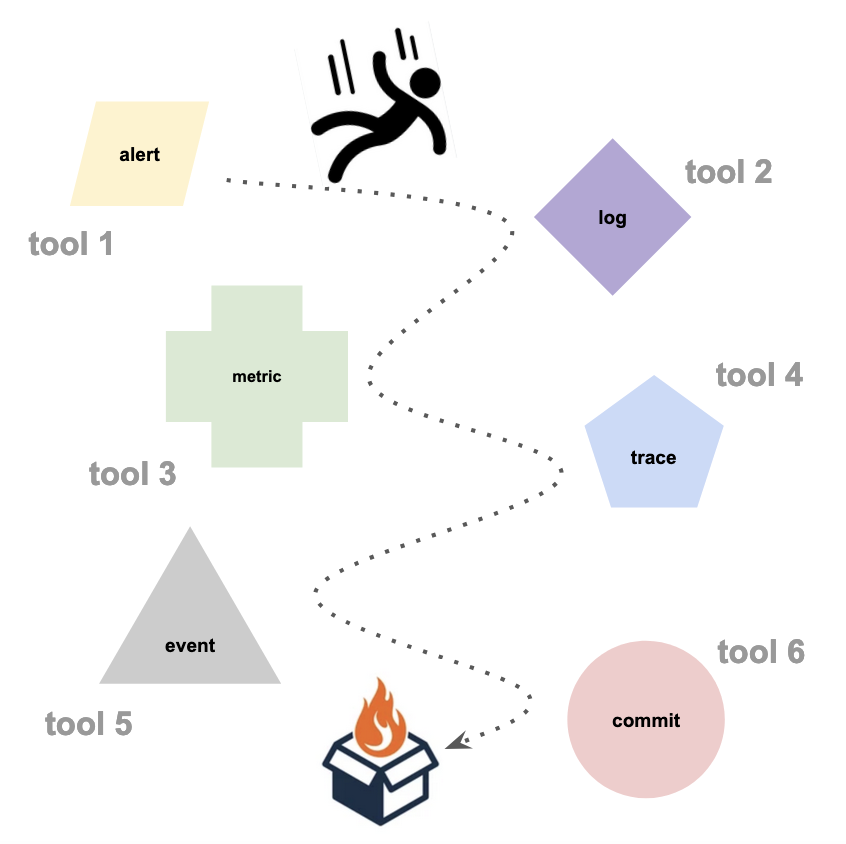Lost in telemetry pinball during releases?

- Lack of Context: Teams struggle to get a full picture after changes, relying on scattered tools and hoping alerts catch issues in time.
- Inefficient, Manual Workflows: Tracking issues involves jumping between tools, updating dashboards, and compiling reports—time-consuming and prone to errors.
- Reactive Issue Management: Problems often surface too late, during user interactions or triggered by alerts.
Clarity with intelligent feedback loops

- Manage change better: With always-on observers and pre/post-deployment analysis, Autoptic identifies potential issues early, mitigating impact of incidents and enhancing system reliability. Proactive notifications and summaries keep teams informed, preventing costly downtime and protecting customer trust.
- Lift Engineering Productivity: Autoptic eliminates manual data sifting and dashboard creation, offering automated insights through conversational interfaces and intelligent “storybooks.” This streamlines workflows, freeing engineers to focus on building features and accelerating innovation.
- Link telemetry to action in the DevOps Toolchain: Autoptic bridges Developer Portals, CI/CD pipelines, and monitoring tools, creating a cohesive workflow for engineering teams. By providing actionable insights across tools, it enhances deployment strategies, improves system health, and empowers teams to deliver high-quality software faster.
Autoptic Framework
Conversations
The conversational UI allows users to ask questions and get storybook about their apps and systems. Conversations can be carried out on any device including mobile.
Storybooks
The storybook is a new presentation format that clearly communicates the results of the data analysis. It offers richer visualizations mixing text and graphics with a simple navigation.
Model
The model is trained on different analytical tasks implemented in PQL. PQL programs are a collection of function calls that encode an analytical workflow.
Runtime
Runtime is a parallel and high performance compute engine designed for the PQL semantics of collecting and aggregating data from multiple telemetry sources. The Runtime is available over APIs at cloud scale.
Get started
Want to see Autoptic in action with specific scenarios and how to solve better?
Team
We are a team of veteran engineers with decades of experience in building and operating critical internet systems. We are inspired to share our knowledge through the tools we build for fellow engineers.
Sign Up
Register and get free access to an Autoptic endpoint where you can run your PQL programs.

